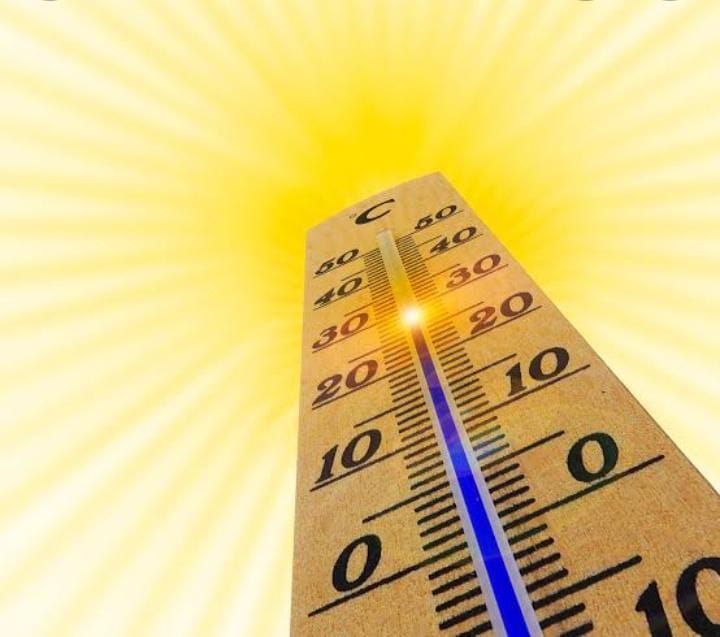The Impact of Environmental Conditions on sealant Performance
This article examines the impact of environmental conditions on sealant performance and methods to address issues arising from these conditions. sealants play a significant role in various industries and daily life, serving as essential tools for bonding different materials. The performance and quality of adhesives are highly influenced by environmental factors such as temperature, humidity, pressure, and exposure to other materials.
1. The Impact of Temperature on sealant Performance
Temperature is one of the most critical environmental factors that can significantly affect adhesive performance. sealants behave differently at high and low temperatures:
- High Temperatures: At elevated temperatures, the viscosity of the sealant decreases, which can lead to excessive softness and a loss of adhesive properties. This issue is particularly observed in polymer-based sealants such as hot melt adhesives and epoxies. Additionally, high temperatures can cause chemical decomposition of the adhesive, resulting in reduced strength and changes in its physical properties.
- Low Temperatures: At low temperatures, adhesives can become hard and brittle. This can prevent the sealant from effectively adhering to surfaces and make it susceptible to mechanical shock. For instance, latex adhesives may lose their flexibility at low temperatures.
2. The Impact of Humidity on Adhesive Performance
Humidity is another critical environmental factor that affects adhesive performance. Moisture absorption or desorption can lead to various effects:
- Moisture Absorption: Many adhesives, such as polyurethane and polyvinyl acetate adhesives, are highly sensitive to moisture. Absorbing moisture can cause swelling of the adhesive and a decrease in its strength. In some cases, moisture can induce unwanted chemical reactions within the adhesive, disrupting its performance.
- Moisture Reduction: A lack of moisture can also diminish the flexibility and increase the brittleness of adhesives. Especially in dry and cold conditions, adhesives may struggle to effectively bond to surfaces and may quickly detach from them.
3. The Impact of Pressure on Adhesive Performance
The pressure applied to adhesives can directly influence adhesion and bond strength. Low pressure may result in the inadequate formation of strong bonds between the surface and adhesive, while high pressure can lead to excessive infiltration of adhesive into the surface, consequently reducing performance.
4. Proximity to Other Materials
The proximity of adhesives to chemicals such as solvents, oils, and other corrosive materials can directly affect adhesive properties. These substances may infiltrate the chemical structure of the adhesive, leading to changes in its characteristics. For example, the proximity of latex adhesives to oils can result in a loss of adhesive properties.
5. Methods to Mitigate the Impact of Environmental Conditions
To counteract the adverse effects of environmental conditions on adhesives, several strategies can be employed:
- Using Temperature-Resistant Adhesives: Selecting adhesives designed for high or low temperatures can enhance adhesive performance. For instance, silicone adhesives can perform well in extreme temperature conditions.
- Controlling Environmental Humidity: Utilizing humidity control devices, such as dehumidifiers, in environments where adhesives are used can prevent moisture absorption and increase the lifespan of the adhesive.
- Using Primers: Primers act as an intermediate layer between the surface and adhesive and can improve adhesion. Proper use of suitable primers can help mitigate issues arising from pressure and temperature.
- Selecting the Right Adhesive Based on Environmental Conditions: Choosing the appropriate adhesive considering environmental factors such as temperature, humidity, and type of surfaces can help prevent many issues. For example, epoxy adhesives are more suitable for high-pressure environments, while polyurethane adhesives are better for humid conditions.
- Adding Reinforcing Materials: Incorporating materials such as fillers and additives into the adhesive can enhance its properties and make it more resistant to environmental conditions.
Conclusion
Environmental conditions such as temperature, humidity, pressure, and proximity to various chemicals can significantly impact adhesive performance. Understanding these effects and choosing suitable methods to address them can enhance adhesive performance in varying conditions and prevent a decline in adhesive quality and lifespan. By selecting the appropriate adhesive and maintaining proper storage and usage conditions, it is possible to mitigate the negative environmental impacts on adhesive performance and maximize bond quality.



